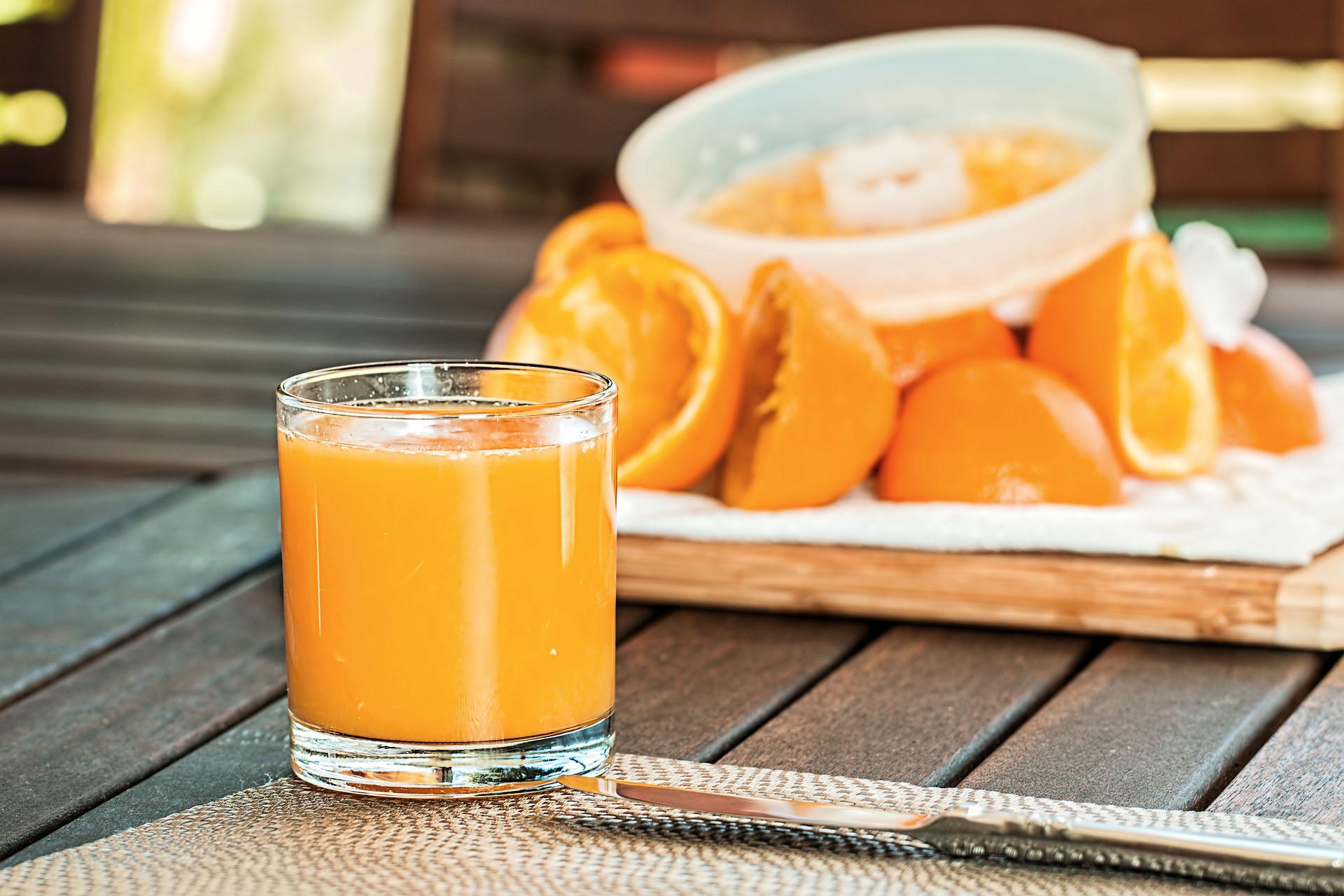Have you ever opened up a carton of juice, only to find that it’s all bubbly and carbonated? It might look kind of weird, but there’s actually a scientific reason for why fruit juice becomes fizzy. In this blog post, we’ll discuss the science behind bubbly juice and answer some common questions about carbonation and foaminess.
The bubbles in juices are created when the gas carbon dioxide dissolves in the liquid. When you open a can or bottle of soda, the pressure inside is released, and the bubbles escape from the liquid. This is why sodas go “flat” if you leave them open for too long.
We’ll also take a look at when apple juice is supposed to have bubbles and when it’s not. So if you’re curious about the fizz in your fruit juice, keep reading!
Why Does Fruit Juice Become Fizzy?
Have you ever wondered why fruit juices become fizzy when they are exposed to carbon dioxide? The gas dissolves in the liquid, forming bubbles. When you open a can or bottle of juice, the pressure inside is released, and the bubbles escape from the liquid. This is why juices go “flat” if you leave them open for too long.
Carbon dioxide is also responsible for the fizz in soda pop and beer. In fact, many commercial breweries add extra carbon dioxide to their products to give them a longer shelf life. So next time you enjoy a refreshing glass of juice or a cold beer, remember that it’s the carbon dioxide that makes it possible!
Is Apple Juice Supposed To Be Fizzy?
The type of fruit juice also affects how fizzy it is. For example, grapefruit juice is naturally high in carbon dioxide and will often form bubbles when left out at room temperature. On the other hand, apple juice usually doesn’t become fizzy unless it’s been artificially carbonated. This is because the sugars in grapefruit juice are more readily fermentable than those in apple juice.
When yeasts or bacteria come into contact with grapefruit juice, they break down the sugars into alcohol and carbon dioxide gas. The gas bubbles then rise to the surface and escape into the air, leaving behind a fizzy drink. In contrast, apples contain a type of sugar called fructose, which is much less fermentable than other sugars.
As a result, apple juice typically doesn’t become fizzy unless it’s exposed to high levels of carbon dioxide, such as in an industrial carbonation process. So next time you’re wondering why your grapefruit juice is fizzier than your apple juice, remember that it’s all due to the types of sugars present in each fruit.
Can Juices Be Carbonated?
Carbonated beverages are often associated with fizzy sodas, but many juices can also be carbonated. When carbon dioxide is added to juice, it dissolves and creates bubbles. These bubbles are then trapped in the liquid, resulting in a foamy beverage. Carbonating juice can change the taste and texture of the drink, often making it smoother and more refreshing.
In addition, carbonation can help to preserve the juice, making it last longer. However, it is important to note that not all juices can be carbonated. More delicate fruits, such as strawberries and raspberries, can be damaged by the carbonation process. As a result, it is important to check the labels of juices before purchasing them to ensure that they are suitable for carbonation.
How Can You Carbonate Juices?
Carbonating liquids involves adding carbon dioxide gas to the liquid under pressure. The carbon dioxide dissolves in the liquid, forming carbonic acid. This process can be used to carbonate water, juices, and other beverages. When carbonating water, the water is placed in a chamber and pressurized with carbon dioxide gas. The carbon dioxide dissolves in the water, forming carbonic acid.
This process can be used to create sparkling water or seltzer water. When carbonating juices, the juice is placed in a chamber and pressurized with carbon dioxide gas. The carbon dioxide dissolves in the juice, forming carbonic acid. This process can be used to create carbonated fruit juices or sparkling wines. Carbonating liquids requires specialized equipment and is not typically done at home. However, many grocery stores and convenience stores sell carbonated beverages that have been made using this process.
Do Old Juices Get Foamy?
If you’ve ever opened up a carton of juice only to be greeted by a flurry of bubbles, you’re not alone. This phenomenon is surprisingly common, and it’s usually nothing to worry about. In most cases, the bubbles are simply the result of carbon dioxide gas dissolved in the juice. This gas is produced by bacteria that have infiltrated the juice, and it forms bubbles as it escapes into the air.
While this type of foaming is generally harmless, it can sometimes be a sign that the juice has gone bad. If the bubbling is accompanied by an unpleasant odor or flavor, it’s best to throw out the juice and buy a fresh carton. However, if the bubbling is mild and the juice tastes fine, there’s no need to worry. So next time you see some unexpected bubbles in your juice, just sit back and enjoy a refreshing drink.
Conclusion
So next time you see your apple juice start to bubble, don’t be alarmed! It’s just a natural reaction that happens when certain types of fruit juices are exposed to air. Bubbles in your juice are nothing to worry about – unless they’re accompanied by an unpleasant odor or taste, in which case you should probably discard the juice and get a fresh bottle. Cheers!
